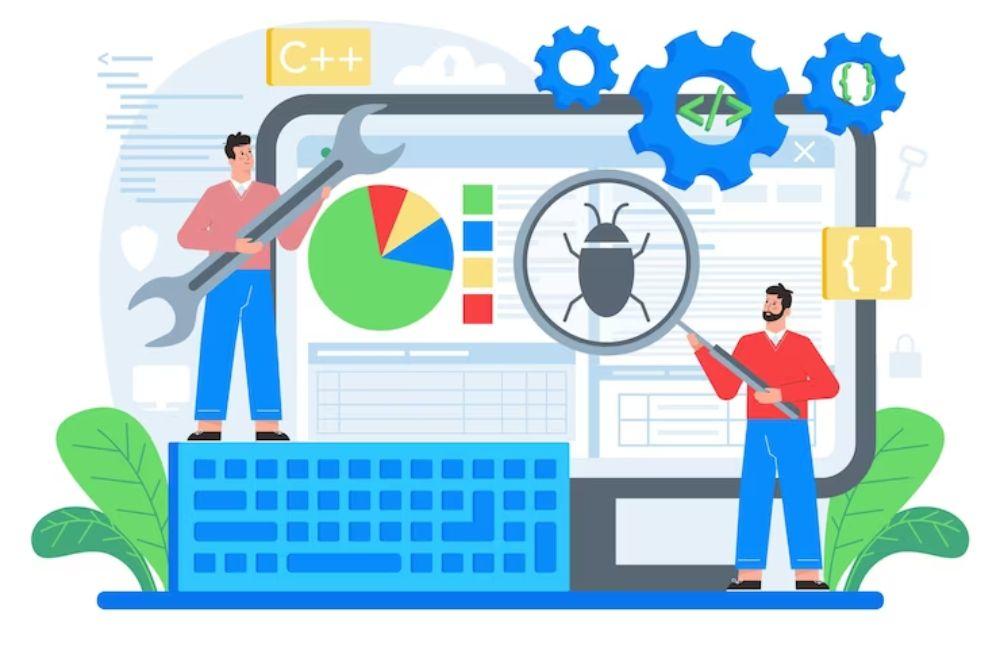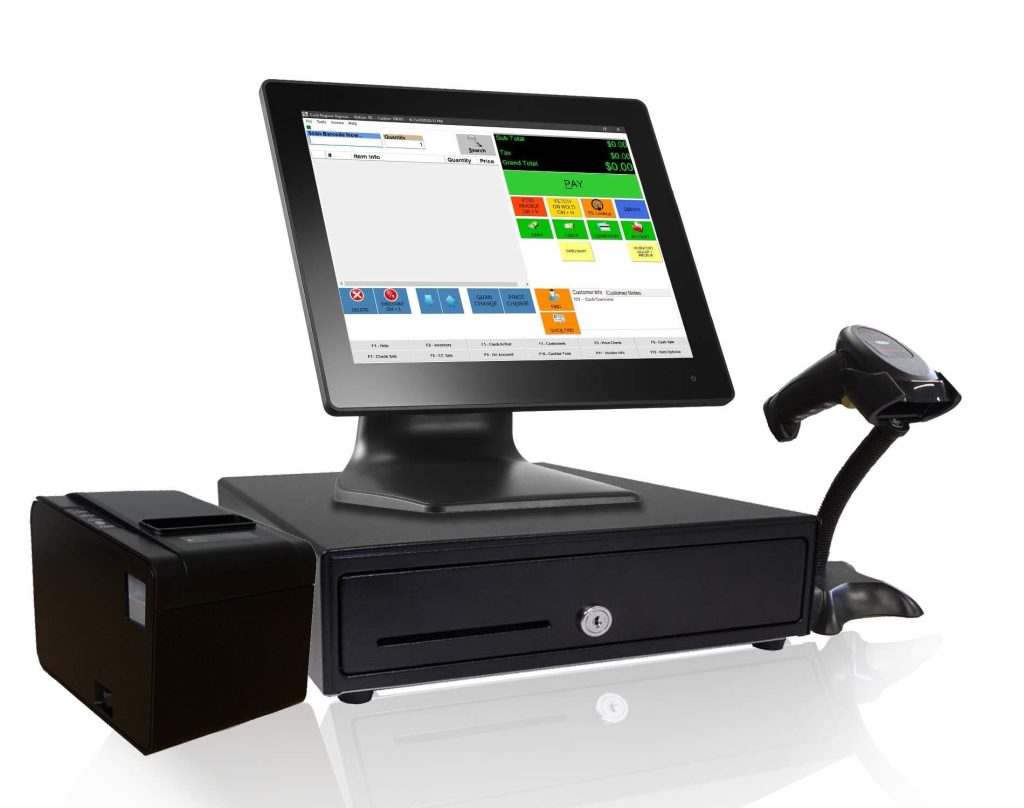
As a web developer, you know that debugging is an unavoidable part of the development process.Even the most experienced coders make mistakes, and it’s how you approach debugging that sets you apart from the rest.In this extensive guide, we’ll share pro tips and techniques to help you master web development debugging and crush those pesky coding errors. Whether you’re a beginner or a seasoned developer, you’ll learn how to identify and fix errors, improve your development workflow, and take your coding skills to the next level.
Benefits of Effective Debugging
Effective debugging is essential for any web development project. Not only does it save you time and frustration,but it also ensures that your website or request is stable,secure,and provides a great user experience. Some of the key benefits of effective debugging include:
- improved code quality: Debugging helps you identify and fix errors, which leads to cleaner, more maintainable code.
- Reduced development time: By identifying and fixing errors quickly, you can speed up your development workflow and meet deadlines.
- Enhanced user experience: A bug-free website or application provides a better user experience, leading to increased engagement and conversions.
- Increased productivity: Debugging helps you identify and fix errors, freeing up time to focus on new features and improvements.
Practical Tips for Mastering Web Development Debugging
To become a debugging master,you need to have the right mindset,tools,and techniques. Here are some practical tips to get you started:
Use the Right Tools
The right tools can make all the difference in debugging. Some essential tools include:
| tool | Description |
|---|---|
| chrome DevTools | A set of web developer tools built into the Google Chrome browser. |
| Firefox Developer Edition | A version of the Firefox browser that includes a range of developer tools. |
| Visual Studio Code | A lightweight, open-source code editor that includes a range of debugging tools. |
Write Clean and Modular Code
Writng clean and modular code makes it easier to identify and fix errors. Some tips for writing clean code include:
- keep functions short and focused on a single task.
- Use descriptive variable names and comments.
- Avoid complex conditionals and loops.
Test Thoroughly
Testing is an essential part of the debugging process. Some tips for testing include:
- Write unit tests for individual functions and modules.
- Use integration testing to test how different components work together.
- Test for edge cases and unexpected user input.
Case Studies: Real-World Debugging Scenarios
to illustrate the importance of effective debugging, let’s look at a few real-world case studies:
Case Study 1: The Mysterious JavaScript Error
A developer was working on a complex JavaScript application when they encountered a mysterious error that was causing the entire application to crash. After hours of debugging, they finally identified the issue: a simple typo in a variable name.
Case Study 2: The CSS Layout Issue
A developer was working on a website redesign when they encountered a layout issue that was causing the navigation menu to overlap with the content. after some debugging, they identified the issue: a conflicting CSS rule that was overriding the intended layout.
First-Hand Experience: Debugging a Complex Issue
I still remember the first time I encountered a complex debugging issue. I was working on a large-scale e-commerce application, and we were experiencing intermittent errors that were causing the payment processing system to fail. After days of debugging, I finally identified the issue: a rare edge case that was causing the payment gateway to timeout.
The experience taught me the importance of perseverance and attention to detail when it comes to debugging. It also highlighted the need for effective communication and collaboration with the development team to resolve complex issues.
Conclusion
Mastering web development debugging takes time,patience,and practice. By following the tips and techniques outlined in this guide, you’ll be well on your way to becoming a debugging master. Remember to stay calm, think logically, and use the right tools to identify and fix errors. With experience and persistence, you’ll be able to crush even the toughest coding errors and deliver high-quality websites and applications that provide a great user experience.
So next time you encounter a pesky coding error, don’t panic.Instead, take a deep breath, grab your favorite debugging tool, and get to work. With the right mindset and techniques, you’ll be able to debug like a pro and take your web development skills to the next level.



